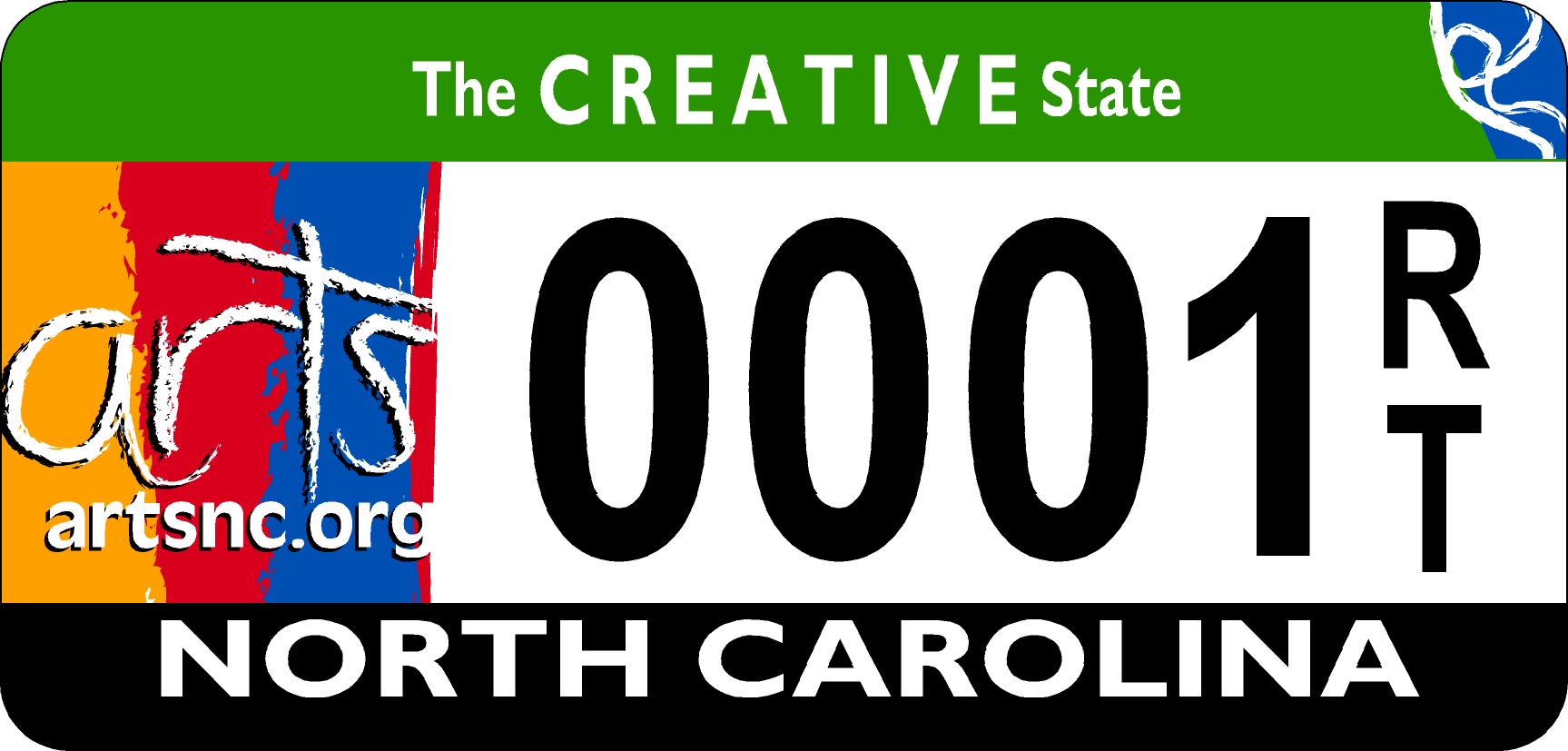Douglas Boyd Johnson, Combat Field; Skybox Pattern, 2013, Oil on Canvas, 12x16 inches
Three of artist Douglas Boyd Johnson's Combat Field paintings were recently been selected for inclusion in the international exhibition How Simple Can You Get? by juror Robert Storr, Dean of the Yale University School of Art. The exhibition was on view from June 28 until July 26, 2013 at the Creative Arts Workshop in New Haven, CT.
Boyd received his BFA in Art from Clemson University in 2004. Boyd's statement about his work reads:
"In 1977 Atari released a video game entitled Combat. It was
a representation of war as entertainment. A representation of
colored fields. A display of random variation of color
combinations. It was active geometric abstraction. Distillation
of representation into simple bits of information. Tanks, fighter
jets, airplanes, walls, patterns, barricades, and clouds were
displayed in ever changing random color combinations. These
paintings are based on this game. I do not paint them as some
commentary on combat in the real world, rather as a means of
interaction with the game’s simplified combat as an arena in which
the subtle elements of color, pattern, endless variation on
simple compositions, and methods of representation of both
visible and invisible elements in the game play out.
"Combat employed a fascinating game play
device--invisibility. The momentary appearance of a tank when
it fires a bullet, and the immediate disappearance afterward,
reveals the colored field to be a veil. It becomes a veil that
divides visible from invisible. It is the medium through which
these two states of perception are able to interact, to combat
one another. It is this observation of the colored patterns and
fields as veils that interests me and served as motivation to
make paintings based on the logic of Combat.
The paintings are translating the video game and finding
what is gained and what is lost in the translation. Errors in the
transcription are sometimes kept, even accentuated to expose
the action of painting and thereby uproot something of the
purpose of the endeavor itself. It is my hope that the language
of Combat, simple though it is, may define the surface of the
paintings as veils and display the tension that exists when the
visible meets the invisible."
a representation of war as entertainment. A representation of
colored fields. A display of random variation of color
combinations. It was active geometric abstraction. Distillation
of representation into simple bits of information. Tanks, fighter
jets, airplanes, walls, patterns, barricades, and clouds were
displayed in ever changing random color combinations. These
paintings are based on this game. I do not paint them as some
commentary on combat in the real world, rather as a means of
interaction with the game’s simplified combat as an arena in which
the subtle elements of color, pattern, endless variation on
simple compositions, and methods of representation of both
visible and invisible elements in the game play out.
"Combat employed a fascinating game play
device--invisibility. The momentary appearance of a tank when
it fires a bullet, and the immediate disappearance afterward,
reveals the colored field to be a veil. It becomes a veil that
divides visible from invisible. It is the medium through which
these two states of perception are able to interact, to combat
one another. It is this observation of the colored patterns and
fields as veils that interests me and served as motivation to
make paintings based on the logic of Combat.
The paintings are translating the video game and finding
what is gained and what is lost in the translation. Errors in the
transcription are sometimes kept, even accentuated to expose
the action of painting and thereby uproot something of the
purpose of the endeavor itself. It is my hope that the language
of Combat, simple though it is, may define the surface of the
paintings as veils and display the tension that exists when the
visible meets the invisible."
More of Boyd's work may be seen via his web site: http://douglasbjohnson.com/section/363539.html
For more information on the:
Creative Arts Workshop
80 Audubon Street
New Haven, Connecticut 06510
203.562.4927
www.creativeartsworkshop.org


,+Furman+University-large.jpg)



